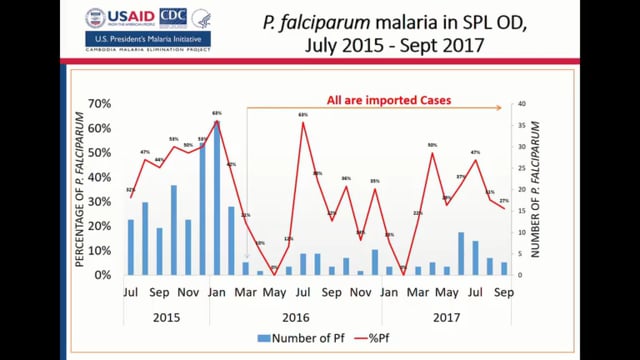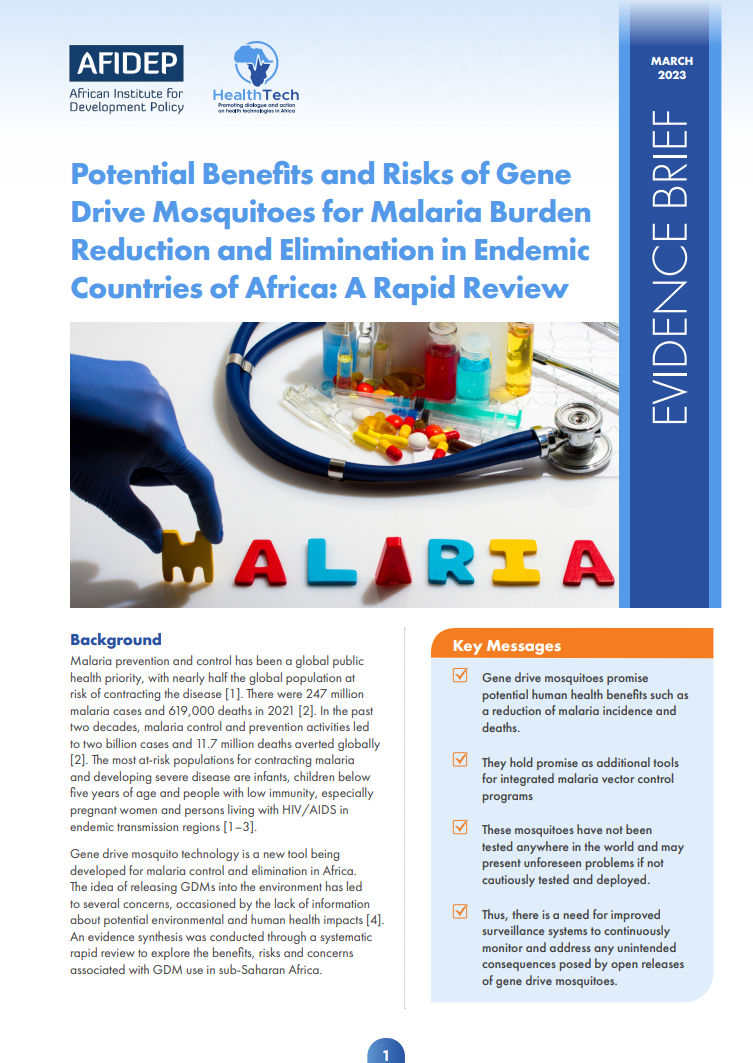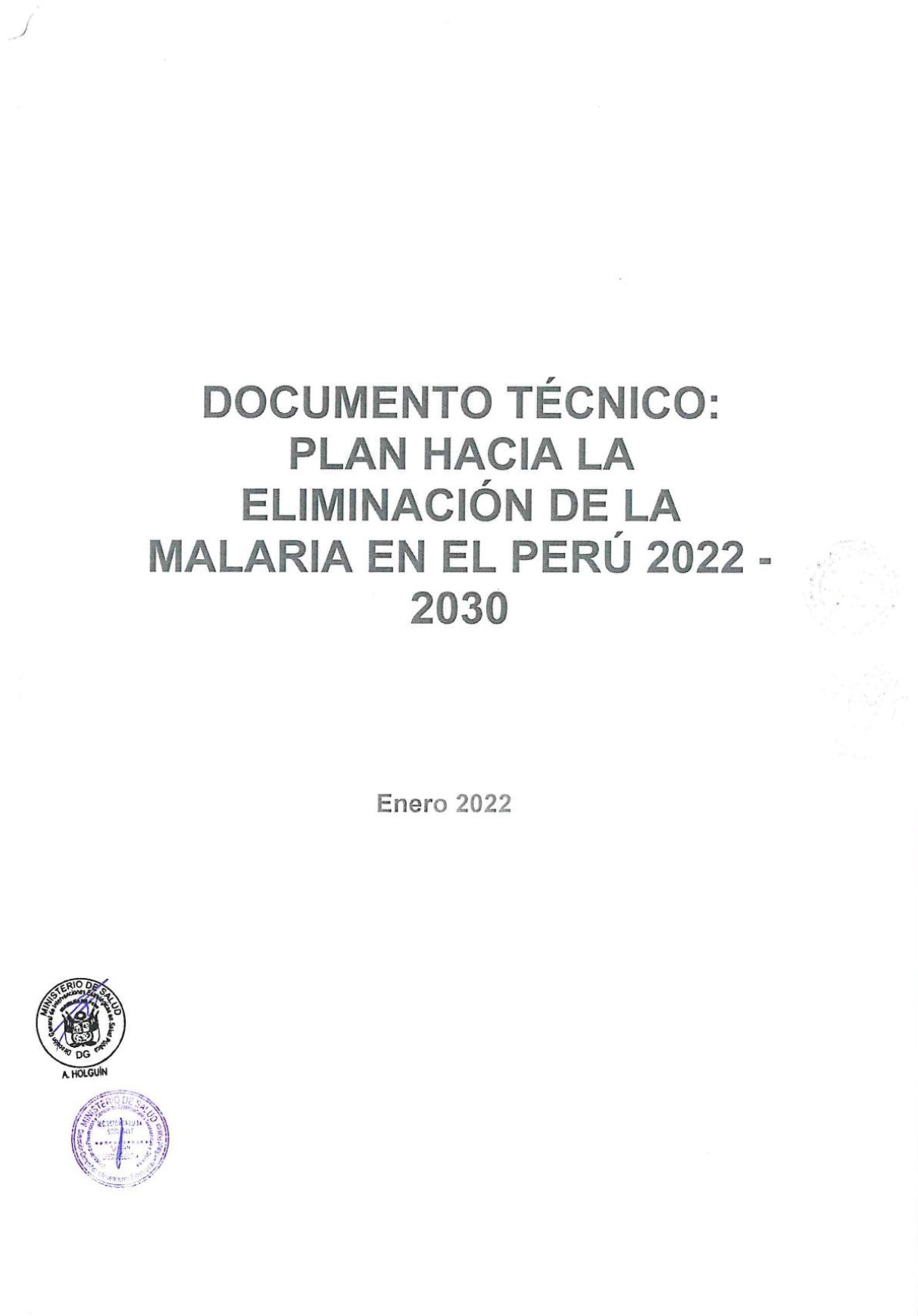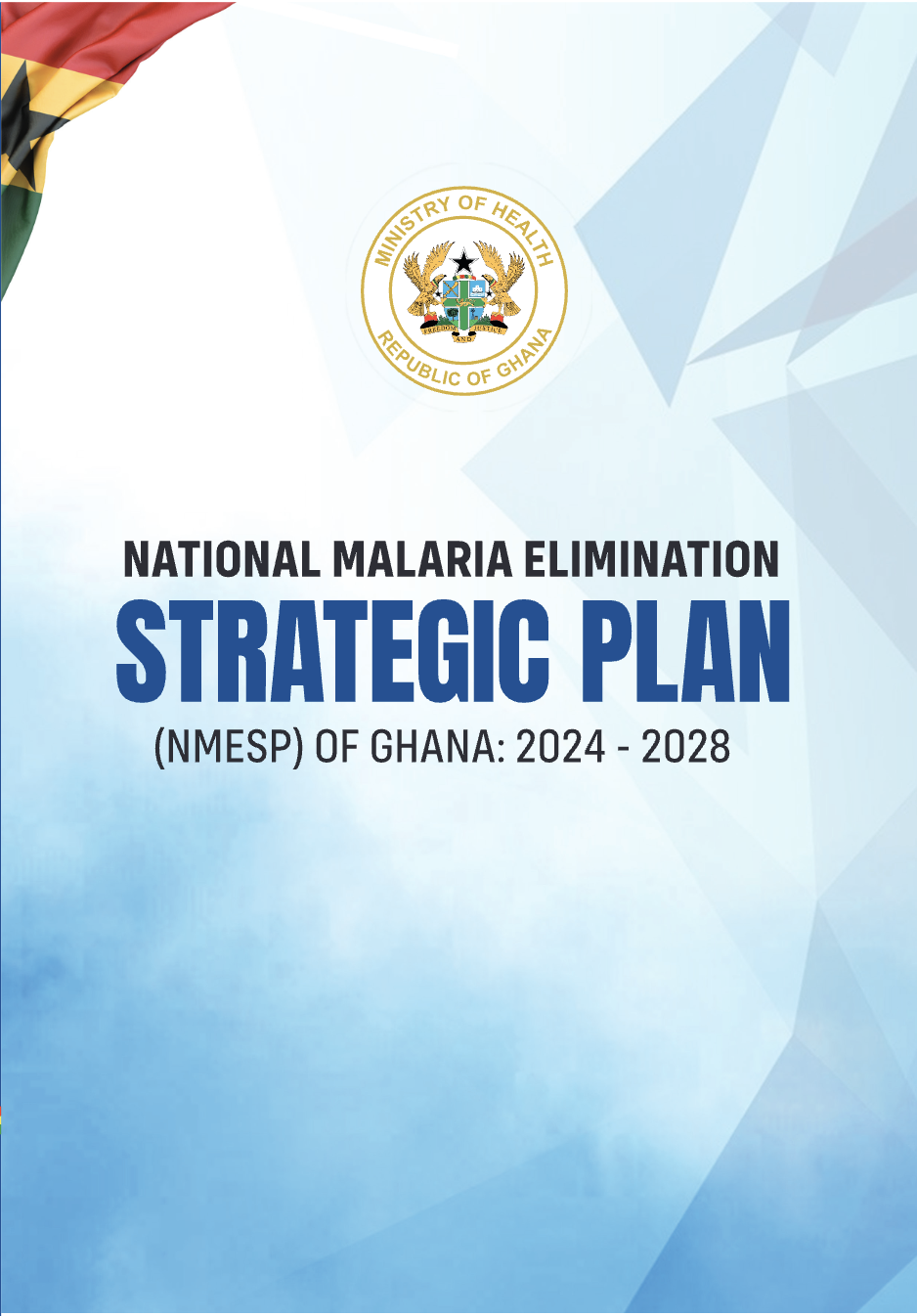ASTMH 2017, Sokomar Nguon: “Achieving Interruption of Locally Transmitted Plasmodium falciparum Malaria Cases through Piloting a Basic Essential Package of Activities for Malaria Elimination in the Context of Artemisinin Resistance, 2015-2017”
Collaborator(s): University Research Co. (URC), United States
Published: 07/11/2017
In collaboration with ASTMH, Image Audiovisuals, and session presenters, MESA brings you this webcast from the 66th ASTMH annual meeting in Baltimore, November 2017
Title: “Achieving Interruption of Locally Transmitted Plasmodium falciparum Malaria Cases through Piloting a Basic Essential Package of Activities for Malaria Elimination in the Context of Artemisinin Resistance, 2015-2017″
Speaker: Sokomar Nguon, University Research Co.
Session information:
Tuesday, 7 November, 4:00 – 5:45 PM, Convention Center – Ballroom III (Level 400)
Abstract:
The Cambodian/Thai border area has long been an area of concern for malaria control efforts due to the emergence and spread of chloroquine-resistant and more recently artemisinin-resistant Plasmodium falciparum malaria parasites. This recent spread led international health organizations to suggest a move from containment to elimination strategies. Subsequently, the Cambodia Strategic Plan for Malaria Elimination 2011-2025 was developed, which calls for elimination of P. falciparum by 2020 and all malaria species by 2025. A basic essential package of activities for malaria elimination was developed following the 1-3-7 model developed in China (notification within 24 hours, investigation within 3 days, and response within 7 days). The package used rural health facilities and community health workers to form response teams for conducting active surveillance in their catchment areas. Simultaneously, management capacity at district and central levels was strengthened. The model was implemented in 3 administrative districts in Battambang Province from July 2015 to January 2017. Results show an increase in notification, investigation, and response of reported cases from 52%, 20%, and 36%, respectively, to 100% in all categories by May 2016. Response activities included health education to 2,492 people, 242 insecticide treated nets distributed, and 1,377 individuals screened through reactive case detection (RACD). RACD identified no cases among index and surrounding households, however 2.53% of co-travelers were infected. There was a reduction in the average monthly falciparum incidence from 0.089 (SD=0.055) during July 2015 – April 2016 to 0.017 (SD=0.012) during May 2016 – January 2017. Additionally, the percentage of locally transmitted cases during the same periods above dropped from 10.3% to 0%, with no locally acquired cases reported since March 2016. The data illustrates the potential of the model to increase the quality of programmatic activities and reduce malaria incidence. The model will be reevaluated and revised as necessary in April 2017 after which implementation will continue in the study site.



